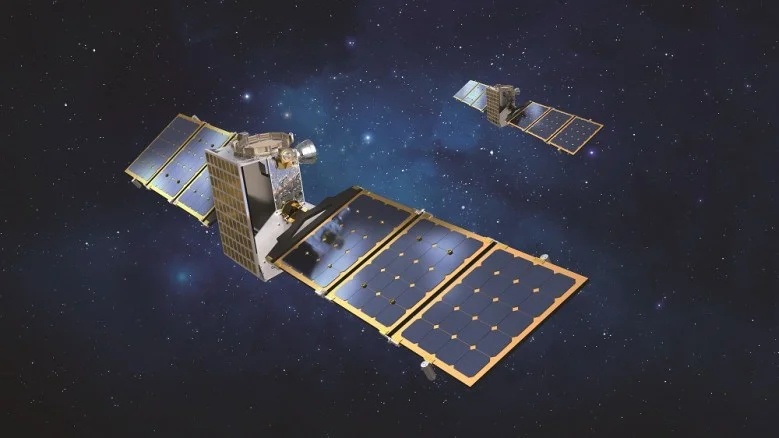
Race to Apophis: ESA and NASA Gear Up for Asteroid’s Close Earth Flyby in 2029
The clock is ticking as scientists and space agencies worldwide prepare for the exceptionally close flyby of asteroid Apophis on April 13, 2029. This near-Earth asteroid, measuring approximately 375 meters, will pass within just 32,000 kilometers of Earth's surface – closer than many satellites. This rare event presents a unique opportunity to study an asteroid's behavior under the influence of Earth's gravity.
The European Space Agency (ESA) is leading the charge with its Ramses mission (Rapid Apophis Mission for Space Safety). This ambitious project aims to rendezvous with Apophis and accompany it during its flyby, conducting a comprehensive before-and-after survey of the asteroid. This includes analyzing its shape, surface structure, orbit, and rotation. 
A key component of the Ramses mission is a CubeSat developed by Spanish company Emxys. This small satellite will be deployed just a few kilometers from Apophis to study its shape and geological properties. The daring plan includes an attempt to land on the asteroid's surface to measure its seismic activity. "Landing on an asteroid is very challenging," says Ramses Project Manager Paolo Martino. "The irregular shape and surface properties make it difficult to identify a stable landing site, while the very weak gravity makes it hard to stay on the surface without bouncing off and drifting away." Despite the risks, the potential scientific reward is immense, as an asteroid of this size is believed to pass so close to Earth only once every few thousand years.
Meanwhile, across the Atlantic, NASA is also exploring options for studying Apophis. Scientists are urging the agency to repurpose the twin Janus smallsats, originally designed for flybys of other asteroids, to observe Apophis before its Earth encounter. According to recommendations from the Apophis T-4 Years Workshop, Janus represents the best NASA-led option for pre-flyby observations. 
Although NASA has not yet confirmed its plans for Janus, the agency already has the OSIRIS-APEX mission slated to arrive at Apophis shortly after the flyby. This spacecraft, formerly OSIRIS-REx, will provide valuable data on how the close encounter reshapes the asteroid's surface.
The Japanese space agency JAXA may also join the effort with its DESTINY+ mission. While primarily focused on the asteroid Phaethon, a launch delay has created a window for a potential Apophis flyby en route.
The data collected from these missions will be crucial in understanding how asteroids respond to external forces. This knowledge is particularly important for developing strategies to deflect hazardous asteroids that may pose a threat to Earth in the future.
The Apophis flyby is more than just a scientific curiosity; it's an opportunity to hone our planetary defense skills. As José A. Carrasco, CEO of Emxys, aptly put it, contributing to this mission represents "the highest level of scientific and technological challenge. We are proud to bring our capabilities to Europe’s planetary defence efforts."
What discoveries do you anticipate from these Apophis missions? Share your thoughts and predictions in the comments below!